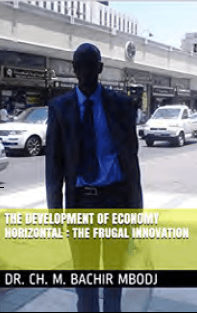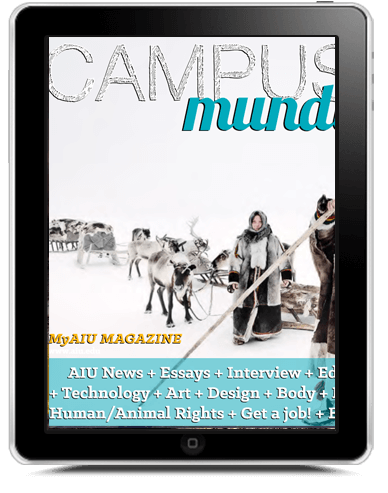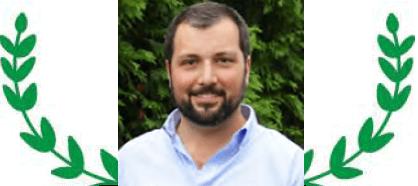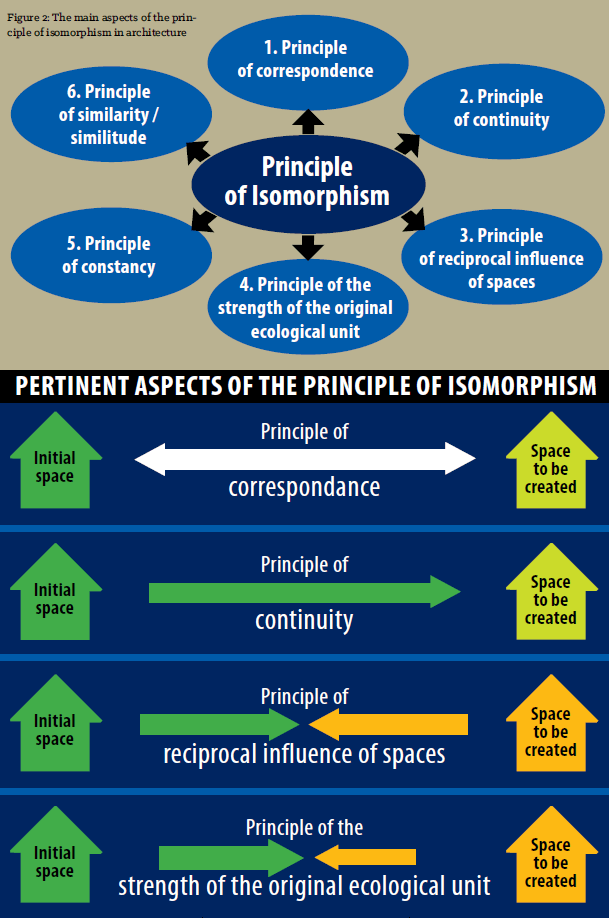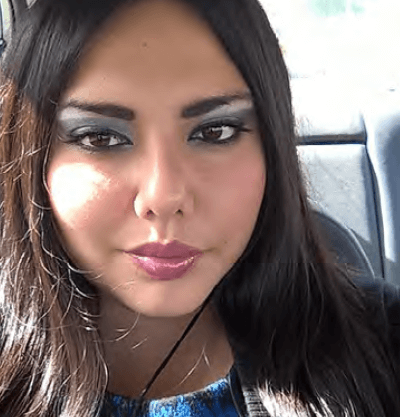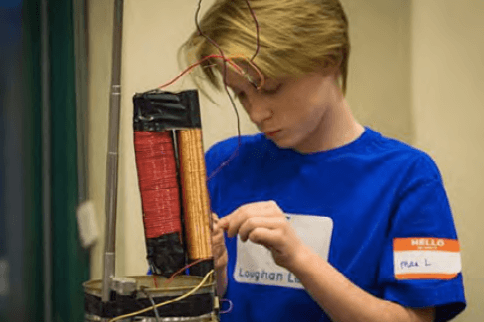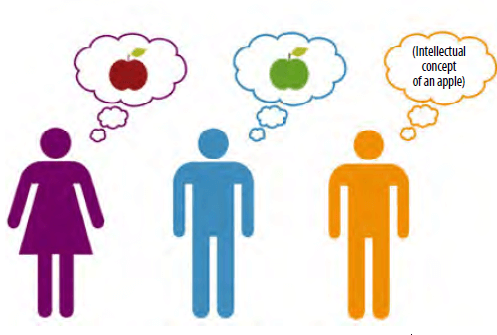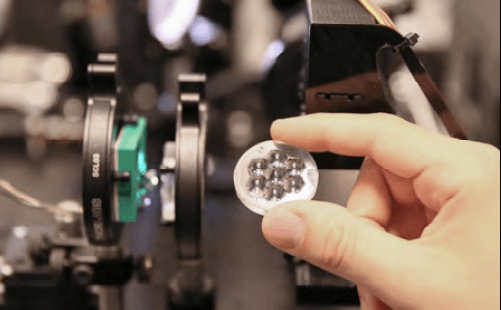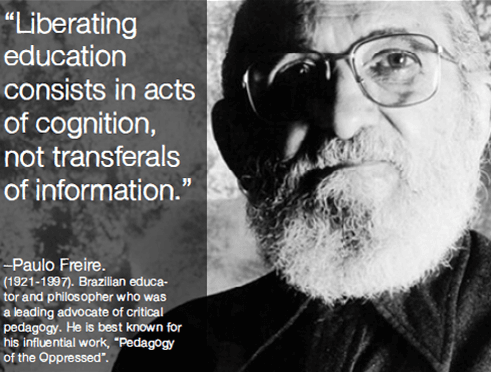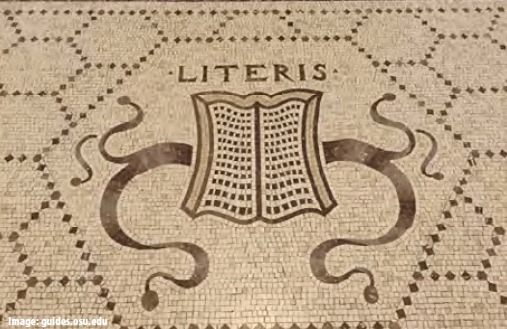Atlantic International University is accredited by the Accreditation Service for International Schools, Colleges and Universities (ASIC). ASIC Accreditation is an internationally renowned quality standard for colleges and universities. Visit ASIC’s Directory of Accredited Colleges and Universities. ASIC is a member of CHEA International Quality Group (CIQG) in the USA, an approved accreditation body by the Ministerial Department of the Home Office in the UK, and is listed in the International Directory of the Council for Higher Education Accreditation (CHEA). AIU meets all state and federal laws as a degree-granting institution in the United States and the State of Hawaii. The University was legally established by corporate charter in 1998 and is in good standing.
Our founding principles are based on the United Nations Universal Declaration of Human Rights; per article 26, AIU believes that Higher Education is a Human Right. The University has implemented a paradigm shifting educational model for its academic programs that have allowed it to move closer to this goal through the self-empowerment of its students, decentralization of the learning process, personalized open curriculum design, a sustainable learning modern, developing the 11 core elements of the Human Condition within MYAIU, and the utilization of the quasi-infinite knowledge through the use of information technology combined with our own capacity to find solutions to all types of global issues, dynamic problems, and those of individuals and multidisciplinary teams. Due to these differentiations and the university’s mission, only a reputable accrediting agency with the vision and plasticity to integrate and adapt its processes around AIU’s proven and successful innovative programs could be selected. Unfortunately, the vast majority of accrediting agencies adhere to and follow obsolete processes and requirements that have outlived their usefulness and are in direct conflict with the university’s mission of offering a unique, dynamic, affordable, quality higher education to the non-traditional student (one who must work, study what he really needs for professional advancement, attend family issues, etc.). We believe that adopting outdated requirements and processes would impose increased financial burdens on students while severely limiting their opportunities to earn their degree and advance in all aspects. Thus, in selecting the ASIC as its accrediting agency, AIU ensured that its unique programs would not be transformed into a “copy” or “clone” of those offered by the 10,000+ colleges and universities around the world. Since the ASIC is an international accrediting agency we are required, by Hawaii law RHS446E, to place the following disclaimer despite the worldwide recognition and acceptance of AIU’s accreditation. ATLANTIC INTERNATIONAL UNIVERSITY IS NOT ACCREDITED BY AN ACCREDITING AGENCY RECOGNIZED BY THE UNITED STATES SECRETARY OF EDUCATION. Note: In the United States and abroad, many licensing authorities require accredited degrees as the basis for eligibility for licensing. In some cases, accredited colleges may not accept for transfer courses and degrees completed at unaccredited colleges, and some employers may require an accredited degree as a basis for eligibility for employment. Potential students should consider how the above may affect their interests, AIU respects the unique rules and regulations of each country and does not seek to influence the respective authorities. AIU has established numerous partnerships, affiliations, and academic exchanges with institutions around the world. Our students can be found in over 200 countries, they actively participate and volunteer in their communities as part of their academic program and have allocated over 100,000 hours of service to diverse causes and initiatives. The degree programs offered by AIU follow internationally accepted standards followed by academic institutions around the world.

There is no distinction between the programs offered through AIU and those of traditional campus based programs with regards to the following: program structure, degree issued, transcript, and other graduation documents which follow the same standards used by US colleges and universities. AIU graduation documents can include an apostille and authentication from the US Department of State to facilitate their use internationally. To see some of our graduates’ opinion of their studies with us, see: Video Interviews, Testimonials, and the AIU Press Room.
It is acknowledged that the act of learning
is endogenous, (from within), rather
than exogenous. This fact is the underlying
rationale for “Distance Learning”, in
all of the programs offered by AIU.
The combination of the underlying
principles of student “self instruction”,
(with guidance), collaborative development
of curriculum unique to each
student, and flexibility of time and place
of study, provides the ideal learning
environment to satisfy individual needs.
AIU is an institution of experiential
learning and nontraditional education at
a distance. There are no classrooms and
attendance is not required.
MISSION: To be a higher learning
institution concerned about generating
cultural development alternatives
likely to be sustained in order to lead
to a more efficient administration of
the world village and its environment;
exerting human and community rights
through diversity with the ultimate
goal of the satisfaction and evolution
of the world.
VISION: The empowerment of the
individual towards the convergence of
the world through a sustainable educational
design based on andragogy
and omniology.
Dr. Franklin Valcin
President Academic Dean
|
|
Dr. Jose Mercado
Chief Executive Officer
|
|
Dr. Ricardo Gonzalez
Provost
|
Ricardo González
Chief Operation Officer |
Kingsley Zelee
IT Coordinator |
Nadia Gabaldon
Student Services Supervisor |
Ofelia Hernandez
Director of AIU |
| |
|
|
|
Felipe Gomez
Design Director |
Monica Serrano
Registrar Office |
Jaime Rotlewicz
Dean of Admissions |
Giovanni Castillo
Operations assistant |
| |
|
|
|
Daritza Ysla
Accounting Coordinator |
Clara Margalef
Director of Special
Projects of AIU |
Maria Serrano
Logistics Coordinator |
Mario Cruz
Administrative Coordinator |
| |
|
|
|
Juan Pablo Moreno
Director of Operations |
Amalia Aldrett
Admissions Coordinator |
Yolanda Llorente
Administrative Assistant |
Miqueas Virgile
IT Director |
| |
|
|
|
Alba Ochoa
Admissions Coordinator |
Kimberly Diaz
Academic Tutor |
Nadeem Awan
Chief Programing |
Sandra Garcia
Admissions Coordinator |
| |
|
|
|
Liliana Penaranda
Academic Tutor |
Dr. Jack Rosenzweig
Dean of Academic Affairs |
Veronica Amuz
Admissions Coordinator |
Renata Da Silva
Academic Tutor |
| |
|
|
|
Dr. Edward Lambert
Academic Coordinator |
Junko Shimizu
Admissions Coordinator |
Lourdes Puentes
Academic Tutor |
Dr. Ariadna Romero
Academic Coordinator |
| |
|
|
|
Nazma Sultana
Assistant Programming |
Rina Lehnhoff
Academic Tutor |
Carlos Aponte
Telecommunications
Coordinator |
Jhanzaib Awan
Assistant Programming |
| |
|
|
|
Renato Cifuentes
Academic Tutor |
Rosie Perez
Finance Coordinator |
Chris Benjamin
Hosting Server |
Arhely Espinoza
Academic Tutor |
| |
|
|
|
Linda Collazo
Student Services Coordinator |
Paulina Garcia
Academic Assistant |
|
|
The School of Business and Economics
allows aspiring and practicing
professionals, managers, and entrepreneurs
in the private and public sectors
to complete a self paced distance
learning degree program of the highest
academic standard.
The ultimate goal is to empower
learners and help them take advantage
of the enormous array of resources
from the world environment in order
to eliminate the current continuum of
poverty and limitations.
Degree programs are designed for
those students whose professional experience has been in business,
marketing, administration, economics,
finance and management.
Areas of study: Accounting, Advertising,
Banking, Business Administration,
Communications, Ecommerce, Finance,
Foreign Affairs, Home Economics,
Human Resources, International Business,
International Finance, Investing,
Globalization, Marketing, Management,
Macroeconomics, Microeconomics,
Public Administrations, Sustainable
Development, Public Relations, Telecommunications,
Tourism, Trade.

The School of Social and Human Studies
is focused on to the development of
studies which instill a core commitment
to building a society based on social and
economic justice and enhancing opportunities
for human well being.
The founding principles lie on the
basic right of education as outlined
in the Declaration of Human Rights.
We instill in our students a sense of
confidence and self reliance in their
ability to access the vast opportunities
available through information channels,
the world wide web, private, public,
nonprofit, and nongovernmental organizations in an ever expanding
global community.
Degree programs are aimed towards
those whose professional life has been
related to social and human behavior,
with the arts, or with cultural studies.
Areas of Study: Psychology, International
Affairs, Sociology, Political
Sciences, Architecture, Legal Studies,
Public Administration, Literature
and languages, Art History, Ministry,
African Studies, Middle Eastern Studies,
Asian Studies, European Studies,
Islamic Studies, Religious Studies.

The School of Science and Engineering
seeks to provide dynamic, integrated,
and challenging degree programs
designed for those whose experience
is in industrial research, scientific production,
engineering and the general
sciences. Our system for research and
education will keep us apace with the
twenty-first century reach scientific
advance in an environmentally and
ecologically responsible manner to allow
for the sustainability of the human
population. We will foster among our
students a demand for ethical behavior,
an appreciation for diversity, an understanding
of scientific investigation, knowledge of design innovation, a
critical appreciation for the importance
of technology and technological change
for the advancement of humanity.
Areas of Study: Mechanical Engineering,
Industrial Engineering, Chemical
Engineering, Civil Engineering, Electrical
Engineering, Computer Engineering,
Physics, Chemistry, Biology, Mathematics,
Communications, Petroleum
Science, Information Technology,
Telecommunications, Nutrition Science,
Agricultural Science, Computer
Science, Sports Science, Renewable
Energy, Geology, Urban Planning.

The AIU Online Library gives users instant access to more than 275 million records
in 470 languages from 112 counties. The Library Resources include 130,000 books
in e-format and over 15.9 million full text journals, articles, and periodicals. A new
record is added very 10 seconds ensuring the research material available is at the
cutting edge and keeping up our rapidly changing world.
With access to a worldwide union catalog created and maintained collectively by
more than 9,000 member institutions, students are assured an excellent research
tool for their study programs. The AIU Online Library contains 108 million quality
records, over 29,000 e-books, dozens of databases and more than 15.9 million fulltext
and full-image articles. Accessing over 60 databases and 2393 periodicals in full
text you will be sure to find the information you need for your research project or
assignment. Records exist for everything from stone tablets to electronic books, wax
recordings to MP3s, DVDs and Web sites. Users will discover that many records are
enriched with cover art, tables of contents, reviews, excerpts and other descriptive
information. Records typically have library holdings information attached. Users
can quickly evaluate relevance and decide if it’s the correct resource.
